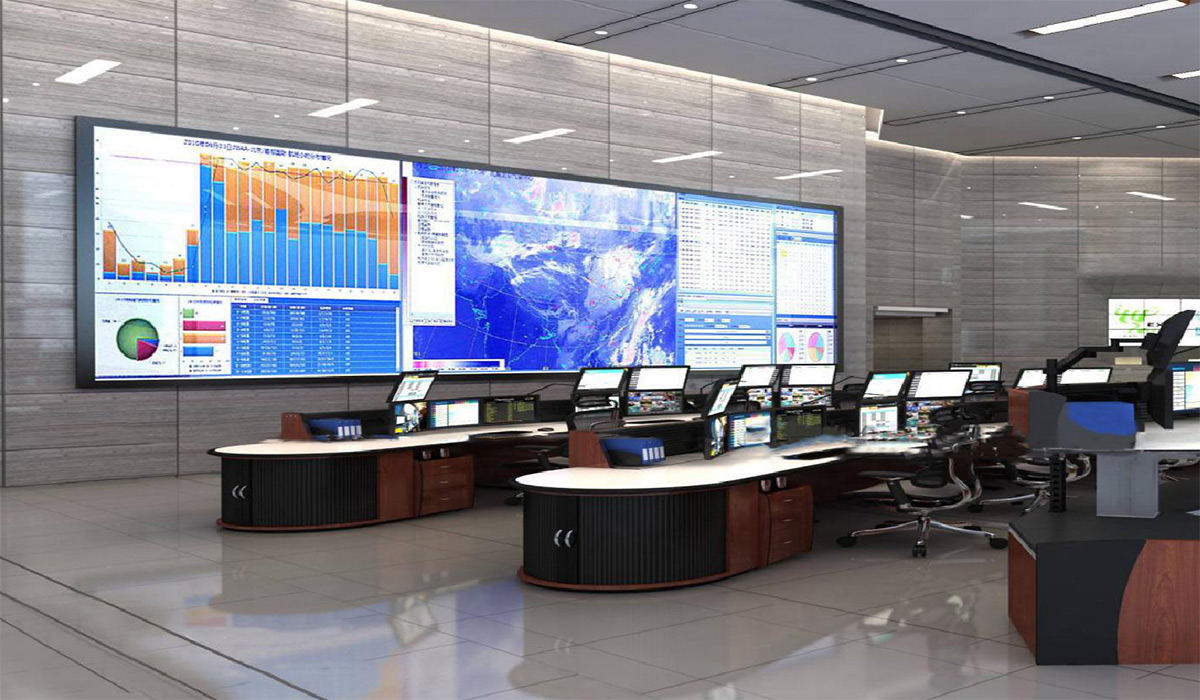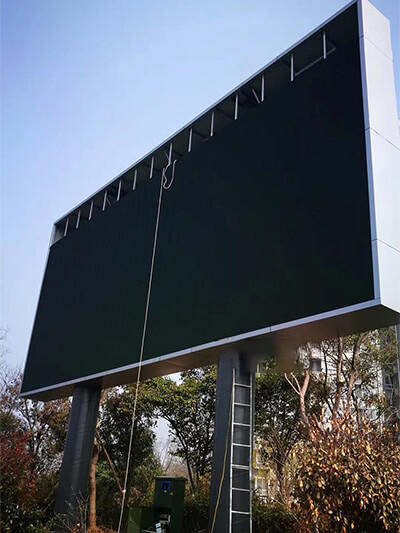Protecting an LED display from humidity is crucial to ensure its longevity and optimal performance, especially in environments with high moisture levels. Here's a detailed guide on how to protect your LED display:
Choose the Right Enclosure:
•Select an enclosure specifically designed to protect electronic equipment from environmental factors like humidity, dust, and temperature fluctuations.
•Ensure the enclosure provides adequate ventilation to prevent moisture buildup while also protecting the display from direct exposure to water and humidity.
Use Sealed Cabinets:
•Enclose the LED display in a sealed cabinet or housing to create a barrier against humidity and moisture ingress.
•Seal all openings and seams in the cabinet using weatherproof gaskets or silicone sealant to prevent moisture from seeping inside.
Employ Desiccants:
•Use desiccant packs or cartridges within the enclosure to absorb any moisture that may accumulate over time.
•Regularly inspect and replace desiccants as needed to maintain their effectiveness in preventing humidity-related damage.
Install Climate Control Systems:
•Install climate control systems such as dehumidifiers, air conditioners, or heaters within the enclosure to regulate temperature and humidity levels.
•Monitor and maintain optimal environmental conditions for the LED display to prevent moisture condensation and corrosion.
Apply Conformal Coating:
•Apply a protective conformal coating to the electronic components of the LED display to create a barrier against moisture and humidity.
•Ensure the conformal coating is compatible with the display's materials and electronics, and follow manufacturer guidelines for proper application.
Regular Maintenance and Inspection:
•Implement a routine maintenance schedule to inspect the LED display and its enclosure for signs of moisture damage, corrosion, or condensation.
•Clean the display and enclosure regularly to remove dust, dirt, and debris that can trap moisture and exacerbate humidity-related issues.
Monitor Environmental Conditions:
•Install environmental sensors within the enclosure to monitor temperature, humidity, and moisture levels.
•Implement remote monitoring systems to receive alerts and notifications of any deviations from optimal conditions, allowing for timely intervention.
Positioning and Location:
•Install the LED display in a location that minimizes exposure to direct sunlight, rain, and high humidity areas.
•Position the display away from sources of moisture such as sprinkler systems, water features, or areas prone to flooding.
By implementing these measures, you can effectively protect your LED display from humidity and ensure its reliable performance and longevity in challenging environmental conditions.
Post time: May-09-2024





